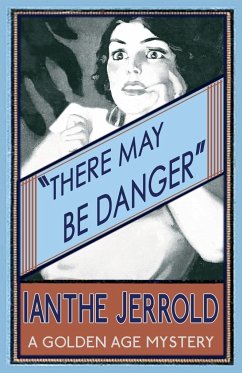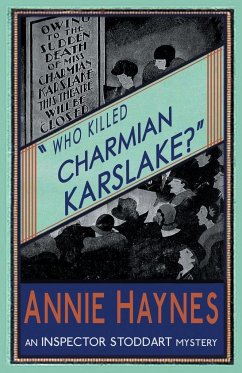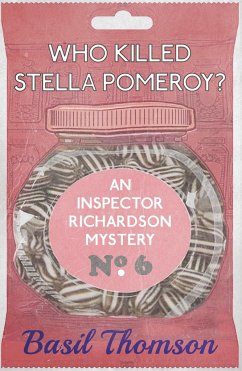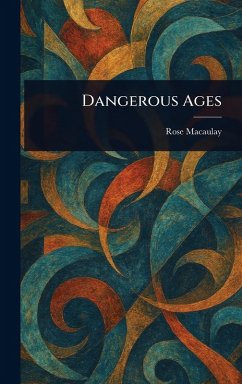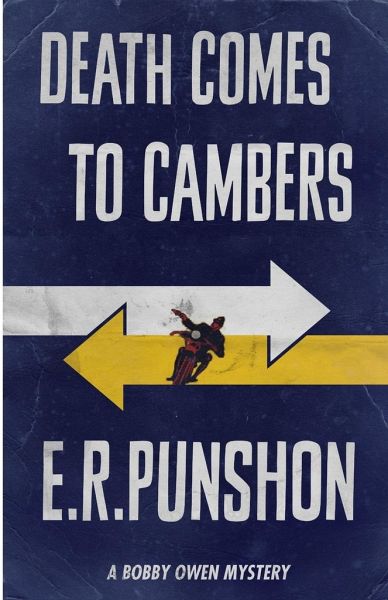
Death Comes to Cambers

PAYBACK Punkte
7 °P sammeln!
Police officer Bobby Owen is a weekend guest at Lady Cambers’s majestic country pile, there to advise on security following recent burglary scares. But when the lady of the house disappears, her bed unslept-in, it’s a case of murder not burglary – for Bobby discovers her ladyship, strangled, in a nearby field. One of the finest of the early Bobby Owens novels, Death Comes to Cambers combines wit and excellent characterization in a satisfying and classic whodunit, featuring an eccentric creationist, a superior archaeologist and an inventive cipher. Death Comes to Cambers is the sixth of E...
Police officer Bobby Owen is a weekend guest at Lady Cambers’s majestic country pile, there to advise on security following recent burglary scares. But when the lady of the house disappears, her bed unslept-in, it’s a case of murder not burglary – for Bobby discovers her ladyship, strangled, in a nearby field. One of the finest of the early Bobby Owens novels, Death Comes to Cambers combines wit and excellent characterization in a satisfying and classic whodunit, featuring an eccentric creationist, a superior archaeologist and an inventive cipher. Death Comes to Cambers is the sixth of E.R. Punshon’s acclaimed Bobby Owen mysteries, first published in 1935 and part of a series which eventually spanned thirty-five novels. "What is distinction? The few who achieve it step – plot or no plot – unquestioned into the first rank… in the works of Mr. E.R. Punshon we salute it every time." Dorothy L. Sayers






